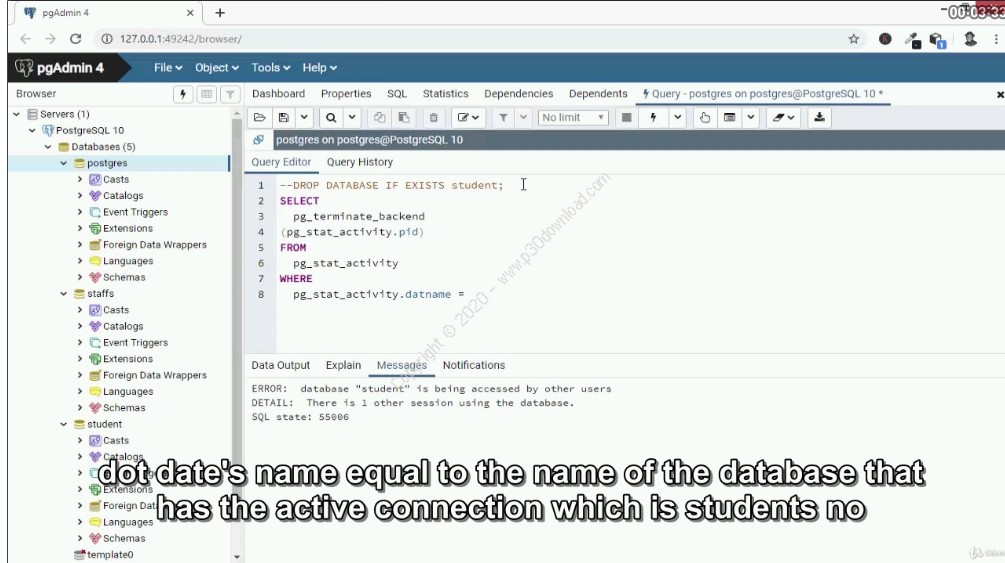

In the “Quick Link” section, click “Add New Server” to add a new connection. Your PostgreSQL server is now configured to accept remote connections, and you can connect to it using pgAdmin 4. Restart the PostgreSQL server: sudo /opt/bitnami/ctlscript.sh restart postgresql Refer to the FAQ for information on accessing restricted ports using an SSH tunnel or opening ports in the server firewall.Ĭonnect to your cloud server using PuTTY or another SSH client ( instructions).Īt the server console, edit the PostgreSQL client authentication configuration file pg_hba.conf and add the following at the end, then save the file: host all all all md5Įdit the PostgreSQL configuration file nf file and replace this line listen_address='127.0.0.1' For development purposes, you can also use a VPN or SSH tunnel.

If you must make it accessible over a public IP address, we recommend restricting access to a trusted list of source IP addresses using firewall rules. For security reasons, we do not recommend making the database port accessible over a public IP address. As a result, you will only be able to connect to your database nodes from machines that are running in the same network. IMPORTANT: By default, the database port for the nodes in this solution cannot be accessed over a public IP address. Open port 5432 in the server firewall ( instructions). Make sure that you have your cloud server’s IP address and application credentials ( instructions). PostgreSQL client authentication configuration file: /opt/bitnami/postgresql/data/pg_hba.conf.PostgreSQL configuration settings file: /opt/bitnami/postgresql/data/nf.PostgreSQL client authentication configuration file: /opt/bitnami/postgresql/conf/pg_hba.confĪpproach B (Self-contained Bitnami installations):.PostgreSQL configuration settings file: /opt/bitnami/postgresql/conf/nf.Depending on your installation type, these files will be located in the following paths:Īpproach A (Bitnami installations using system packages): NOTE: In the steps below, you will be modifying a couple of PostgreSQL configuration files. To connect to your remote PostgreSQL database server using pgAdmin 4, follow these steps: Check the pgAdmin official page for more information. PgAdmin is the most popular and feature-rich platform for administration and development of PostgreSQL databases. NOTE: This section assumes that you have downloaded and installed pgAdmin 4. Refer to the FAQ for more information on these changes. The output of the command indicates which approach (A or B) is used by the installation, and will allow you to identify the paths, configuration and commands to use in this guide. To identify your Bitnami installation type and what approach to follow, run the command below: $ test ! -f "/opt/bitnami/common/bin/openssl" & echo "Approach A: Using system packages." || echo "Approach B: Self-contained installation." On account of these changes, the file paths stated in this guide may change depending on whether your Bitnami stack uses native Linux system packages (Approach A), or if it is a self-contained installation (Approach B). NOTE: We are in the process of modifying the file structure and configuration for many Bitnami stacks.


 0 kommentar(er)
0 kommentar(er)
